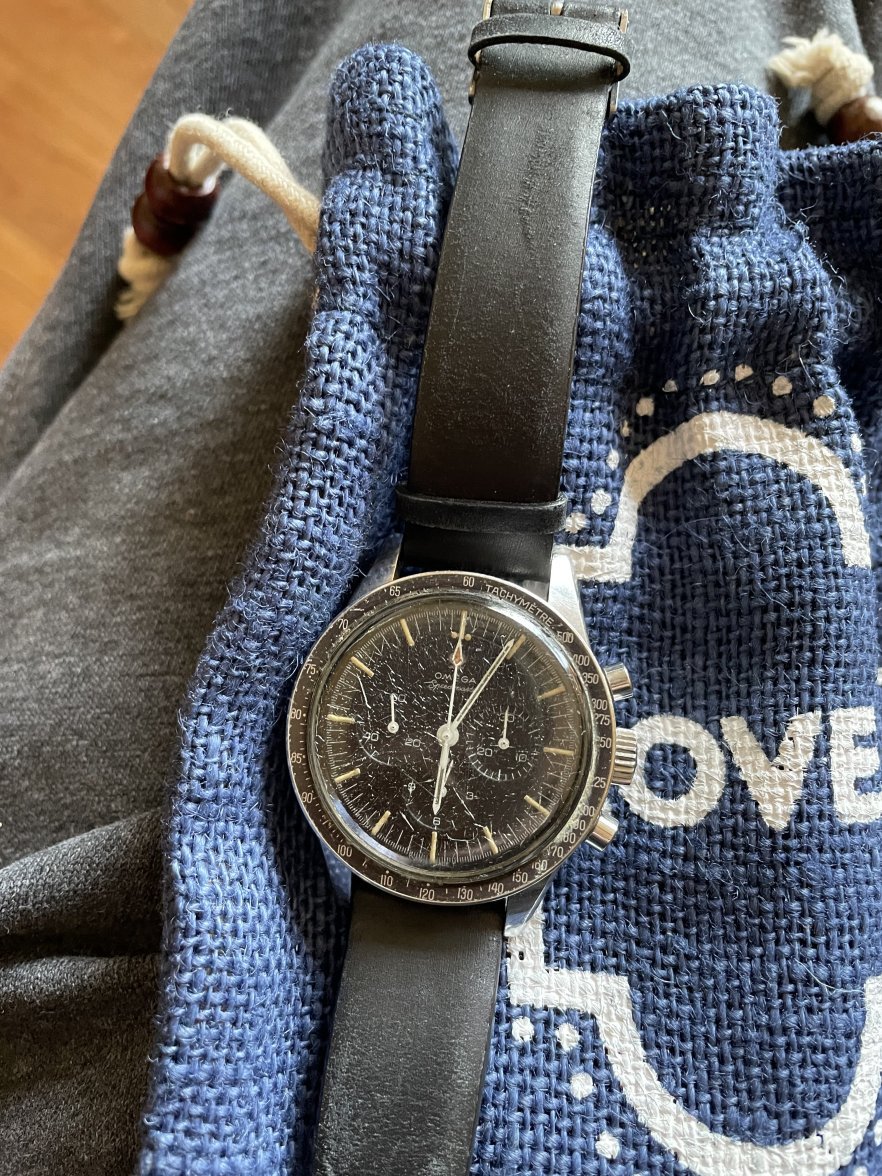M'Bob
·I read that the Ed White tested by NASA survived a 40G shock test from six different directions. The ISO standard for watches to be deemed shock resistant calls for it to maintain timekeeping accuracy after a meter drop on to a horizontal wooden surface.
Two questions: what would be a reall-world example of a 40G shock? And, which of these two tests is more severe? Thanks.
Two questions: what would be a reall-world example of a 40G shock? And, which of these two tests is more severe? Thanks.

 I almost replied with a contradictory answer, until I caught my mistake (I carelessly conflated a 1m fall with a 1s fall). Had to brush off some of the cobwebs!
I almost replied with a contradictory answer, until I caught my mistake (I carelessly conflated a 1m fall with a 1s fall). Had to brush off some of the cobwebs!